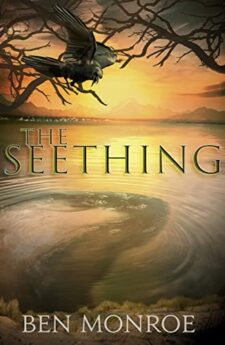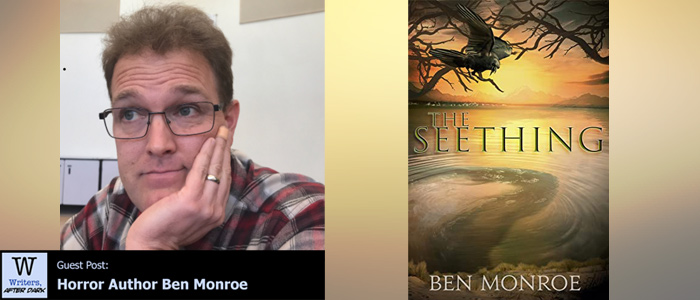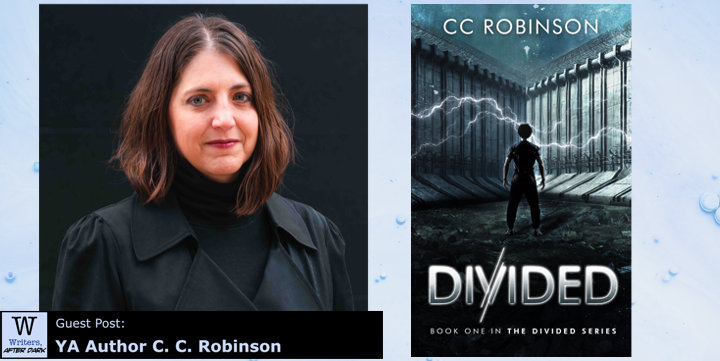In 1927 erudite weirdo H.P. Lovecraft published his seminal essay on horror fiction “Supernatural Horror In Literature. In the opening of this work he wrote: “The oldest and strongest emotion of mankind is fear, and the oldest and strongest kind of fear is fear of the unknown.” The basis of most horror fiction is rooted in this notion. That something is happening, and we don’t know why, or what/whom the perpetrator of the horror is. It’s all unknown.
A year later, Lovecraft published “The Call of Cthulhu,” the first story in a cycle in which he began exploring what eventually came to be known as the “Cthulhu Mythos.” He expanded on this over his brief lifetime, encouraging friends and colleagues to add to the mysteries. And in the nearly 100 years since it has been added to voluminously by authors who followed in his tentacly footsteps.
Lovecraft’s monstrous creations were intentionally different from what readers were familiar with. They were indeed “unknown.” He consciously decided that he was tired of reading stories about ghosts and vampires and murderers. The staples of the pulps and gothics of the time. He was tired of the “supernatural” and wanted to create stories grounded in his own interest in science, and rationality. To this end, he created a pantheon of new creatures, most never before seen or read about. The conical Yithians, scientists from earth’s distant primeval past, doomed to cast their minds into an apocalyptic future. Shoggoths, the slimy slaves of the malignant Old Ones, themselves strange semi-vegetable pioneers from distant galaxies. The Fungi From Yuggoth, Deep Ones, Nightgaunts.
I took a screenwriting course in college, in which the teacher said something that’s stuck with me over the years: “Every once in a while a writer comes along and breaks the mold. And then that becomes the new mold as everyone tries to capitalize on it.” His example was the 80’s TV series Hill Street Blues, and how it changed the tone and style of the police drama for the foreseeable future.
Lovecraft’s creations did very much the same thing. His creations were varied and many, and eventually formed a new eldritch horror canon of sorts. As mentioned above, a horror canon which has been expanded by numerous other authors, filmmakers, game designers, etc. (including myself! I freely admit that my first major work of fiction was a book of stories set firmly in a Lovecraftian post-apocalypse setting). And over the years his creations have become “known.” Much like vampires and ghosts before him, the very creatures which inspired Lovecraft create his own creatures, the beings of the Cthulhu Mythos have become rather commonplace. And while I’m talking a lot about Lovecraft here, that’s really just because his body of work serves as an example. When John Carpenter released Halloween in 1978, masked psychopaths took over. Anne Rice re-envisioned the gothic vampire for the late 20th century, and created the template for the modern bloodsucker. The popularity of zombies seems to be cyclical, and their trappings frequently change to suit the times.
While there’s still fun to be had in playing with the Cthulhu Mythos, or telling stories of vampires and werewolves and the like, I’ve recently found myself wondering if maybe as horror creatives, we shouldn’t be trying harder to create new, unknown horrors for the modern age. Put aside the familiar horrors of Lovecraft, of myth and folklore, and create new monsters from our current anxieties and fears. What’s a monster that embodies social media? What alien creatures lurk in the dark web?
Of course there are plenty of recent examples of monsters becoming popular, or reimagined to be grim shadows of the world’s current anxieties (EG: note the popularity of zombie story coming around again in the early 21st century, when terrorist attacks and disease outbreaks like SARS and ebola were constantly in the news). But it’s often all too easy to fall back on monsters we’ve seen before.
In my own writing, I tend to start with a tone, idea, or anxiety, and the monster comes out of that. I’ve recently written about mind-stealing fungi, satanic cults, a tooth-eating goblin, and the Frankenstein Monster. My novel The Seething features a thing that’s sort of a sentient crawling void. I’ve created monsters out of whole cloth, and fallen back on the classics. But I have to admit, creating a whole new monster is not only a lot of fun, but much more satisfying to me creatively. The closet of modern fears is stuffed full to bursting with new concepts for unique monsters.
In the end, I think what I’m trying to say here, is I’d like to encourage writers and horror creatives of all types to think about the creature in your story, and see whether a classic trope monster serves the story best, or if you could twist it into a new form, or if coming up with something entirely knew wouldn’t serve your story better.
There’s every chance that maybe a classic monster is really the best thing for your tale (I mean, I really want to write a vampire story some day). But what would happen if you broke that mold, and created something truly… unknown?
 The Seething by Ben Monroe
The Seething by Ben Monroe
A family’s relocation looked like a chance to relax and regroup—but as they settle into their new home, teenage Kimmie Barnes’ special senses make her the target of something primordial, evil, and utterly malign.
Darkness…
Golden Oaks, California is a sleepy town on the shores of Oro Lake, and the residents have no idea what horrors lurk below the glittering waters.
Beneath the waves…
One by one, as people begin to disappear, the once quiet town is soon in the grips of a waking nightmare. An unimaginable horror consuming everything before it.
Hungry…
All while echoes of an ancient evil spread out like malignant spider webs, like dead hands reaching, grasping…
SEETHING…
Publisher : Brigids Gate Press, LLC (March 11, 2023)
Paperback : 375 pages
ISBN-10 : 1957537434
ISBN-13 : 978-1957537436






Leave a Reply